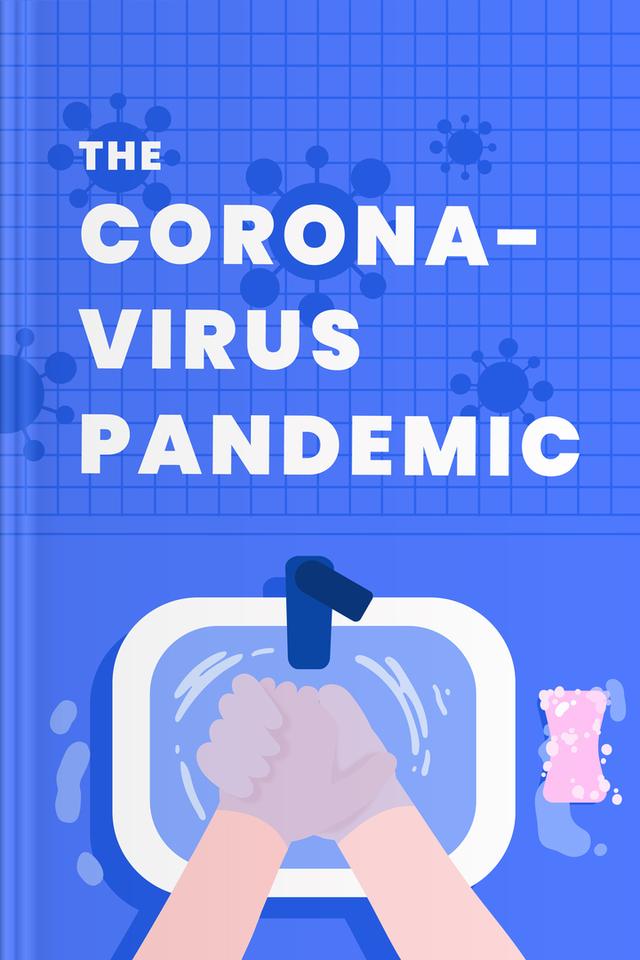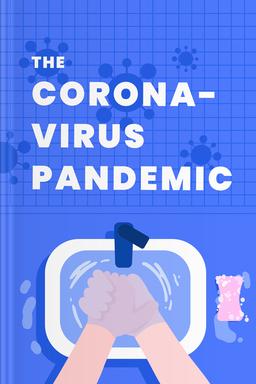
first KEY POINT
What is coronavirus, how does it spread, and who are those at serious risk?
In December 2019, a new virus was identified by health officials as the cause of some cases of respiratory illness in Wuhan, a city in Central China’s Hubei province with a population of over 11 million.Since then, the virus has spread to almost every continent with over 132,000 confirmed cases and almost 5,000 global death toll, according to the World Health Organization (WHO).
Although popularly referred to as the 2019 novel coronavirus and was informally called “Wuhan coronavirus,” on February 11, the WHO announced the official name of the disease: Covid – 19. The virus behind the disease was officially named Severe Acute Respiratory Syndrome Coronavirus 2, or Sars – CoV – 2, due to its close genetic similarity to the SARS coronavirus which was responsible for the Severe Acute Respiratory Syndrome outbreak in 2002.What is coronavirus and how did COVID-19 start?According to the US Centers for Disease Control and Prevention (CDC), the Coronaviruses are a large group of viruses that are common among animals. In rare cases, they are zoonotic, meaning they can be transmitted from animals to humans. The disease is believed to originate from a Wuhan seafood market where wild animals like marmots, rabbits, bats, snakes and birds are traded illegally. And since Coronaviruses are zoonotic, it’s thought that the first set of people infected with the disease contracted it through contact with animals. Two other coronaviruses have also been known to jump to humans from animals, causing the SARS outbreak in 2002 and the MERS (Middle East Respiratory Syndrome) outbreak in 2012.What are the symptoms of COVID-19?Symptoms of Covid-19 include fever, malaise, cough, shortness of breath, sore throat, runny nose, and possibly a headache. Individuals with a weakened immune system such as the elderly and the very young may experience more severe symptoms like pneumonia or bronchitis. These symptoms may develop in as few as two days or as long as 14 days after exposure.How does the coronavirus spread?Just like the flu or a cold, coronaviruses jumps between people:
• Through the air by the droplets of mucus and saliva released from an infected person while coughing or sneezing;
• Close personal contact, such as touching or shaking hands;
• Touching an object or surface an infected person has touched and then touching your mouth, nose or eyes;
• Rarely, fecal contamination.Who is at Higher Risk?According to the CDC, like MERS and SARS, the SARS-CoV-2 causes more severe disease in older adults aged 60+, and people who have serious chronic medical conditions like heart disease, diabetes, and lung disease. While the risk of getting sick with COVID-19 is considerably low among young people, it is worth noting that they can be carriers and circulators of the virus.Are the COVID-19 and the seasonal influenza ARVI the same?The short answer is no. Although both are infectious respiratory illnesses and have similar symptoms, COVID-19 and ARVI are caused by different viruses. COVID-19 is caused by SARS-CoV-2, while the seasonal ARVI is caused by any of several strains of influenza viruses.Did you know? The WHO and CDC currently advise that there is no evidence to suggest that companion animals including dogs and cats can spread COVID-19.
second KEY POINT
What is a pandemic and why does Covid-19 qualify as one?
On March 11, the World Health Organization declared the Covid – 19 outbreak a pandemic after a long period of hesitation. During the announcement, WHO director-general Tedros Adhanom Ghebreyesus expressed concern about how rapidly the disease has spread across the world in the months since the first case was reported in China.By the time of the official declaration, cases of Covid-19 had been reported in over 110 countries with more than 118,000 confirmed cases and 4,200 deaths globally. Outbreaks had risen sharply in countries like Italy, Iran, South Korea, the UK, and the US. Meanwhile, reports of isolated cases had started coming in from sub – Saharan Africa as well.So what exactly is a pandemic, and what happens when the WHO declares one?According to the WHO, a pandemic is declared when a new disease for which people do not have immunity spreads around the world more rapidly than it can be contained.Pandemic vs. EpidemicThe chain of events of a global health crisis starts with an “outbreak” — a sudden increase in cases of an illness or disease that can be unique to one community like Wuhan. If the disease spreads just beyond that community — like how the SARS-CoV2 spread across China — then it's classified as an epidemic.

Continue reading with Headway app
Continue readingFull summary is waiting for you in the app
first KEY POINT
What is quarantine and how can it help contain the coronavirus pandemic?
second KEY POINT
Coronavirus preventive measures: how can you and your family stay safe?
third KEY POINT
Which countries are impacted the most by the coronavirus for now?
fourth KEY POINT